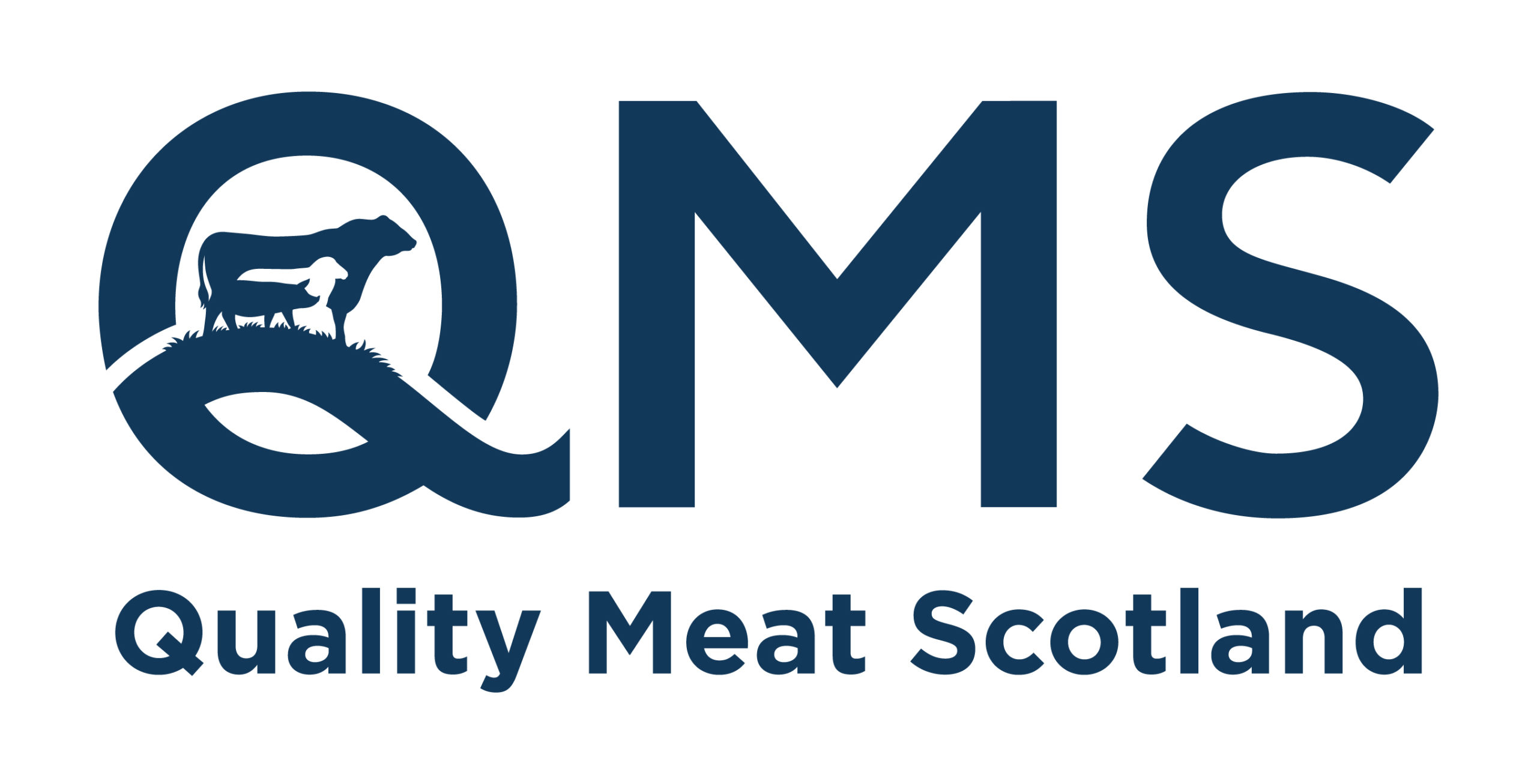After two years of market volatility caused by the global coronavirus pandemic, some may have hoped for a quieter 2022, characterised by greater certainty. However, the Russian invasion of Ukraine in late February has led to renewed market turbulence across the red meat supply chain, with the potential for even greater disruption than the pandemic, predicts Quality Meat Scotland (QMS) economist, Iain Macdonald in the latest market commentary.
“The current crisis has once again demonstrated the complexity of global supply chains and that a sustainable and secure food supply must remain a key consideration along the path to net zero.”
With the Black Sea region being one of the world’s key arable crop exporting regions, the most obvious potential impact is on an already tight grain and oilseed market balance. The closure of Ukraine’s ports and sanctions on Russia have the potential to further reduce the supply of crops into the world market towards the end of the current marketing year and into the next, while the difficulty in planting and fertilising spring crops in Ukraine will constrain supply in the next marketing year.
“Unsurprisingly, futures markets have seen prices surge beyond already high levels. In London, May delivery contracts have risen by a third since the start of the final week in February, while November 2022 and May 2023 contracts have seen increases of around 20%.
“In some markets where overall supply is not constrained, things will eventually settle down as businesses adjust supply chains and switch suppliers and logistics. As we witnessed at various stages of the pandemic, this can lead to short-term volatility in pricing and availability.”
Within the Scottish red meat sector, pig producers are most exposed to rising global grain markets. Feed costs had already climbed to 70% of production costs in late-2021, with Defra’s compound feed price report for Q4 2021 indicating a record high, up 12% on the year.
Cattle finishers are also highly exposed to rising feed costs. For example, based on QMS Enterprise Profitability data, to offset a 50% rise in feed costs, cereal-based finishers would need a 42p/kg lift in the price paid for a 382kg dwt -U3 grade young bull; and that is before considering other input cost increases.
“Meanwhile, higher fuel and energy prices will be pushing up the operating costs of processing sites, along with the cost of transport and distribution. There is also a general economic impact to consider as the further spike in oil, gas and food prices filters through into higher prices for goods and services across the economy.”
According to the ONS, energy costs were nearly 25% more expensive than a year earlier in January, while food prices had risen by 4.5%, with limited pass through of increased wheat prices so far.
Meanwhile, in Q4 2021, average weekly earnings growth reported by the ONS had slowed to 4.3% and the Bank of England had already been projecting a squeeze on household purchasing power this year.
“Unsurprisingly, consumer confidence has weakened, with pessimism spreading from concern over the general economic environment to household finances.
“Data from the ONS and Kantar has already shown that significant price inflation for beef and lamb has been testing the loyalty of consumers and it may lead to some trading down towards cheaper cuts, with implications for carcase balance.”
Looking further field, data from the EU Commission shows that the EU is a significant net exporter of pigmeat to Ukraine and importer of poultry. Due to the war, Mr Macdonald anticipates that it is highly likely that this trade will have ground to a halt, or at least been significantly reduced. However, at the same time, the EU population has risen by 0.4% in two weeks, with increases of 2.2% in Slovakia, 3% in Slovakia and 3.7% in Poland.
“This will have undoubtedly had some impact on overall meat supply and demand, and the types of product required, in these countries.”
It is possible that this has influenced the EU pork market, with week ahead farmgate price quotes rising 30-35p/kg in Germany over the past fortnight, suggesting that the EU pig price could have jumped well above the GB price, having spent the early weeks of the year 20% below it. However, EU December 2021 livestock survey results reported year-on-year reductions of 5-6% in the fattening pig categories and this tightening of supply is likely to have contributed to the rebalancing of market prices.
Unrelated to the crisis, the EU beef market firmed through the second half of 2021 and this has continued into 2022. For example, Irish steer prices rose by 4% in February, while in Germany, R3 young bull prices passed 440p/kg and O3 cows reached 325p/kg in Poland.
Mr Macdonald observes that rising cattle and pig prices in the EU suggest that there will be few cheap alternatives from the EU for traders to take into price negotiations, helping to support prices in the domestic supply chain. This may have already underpinned cow prices at Scottish abattoirs, while farmgate pig prices have edged above their low despite a backlog remaining on farm.
“If the essential role played by farmers and the food production chain had not already been demonstrated during the pandemic, surely, with all this considered, it will become much more important in the eyes of policymakers and consumers alike as a result of the current crisis.
ENDS
JCM Media Contact: Rose Moggach – rose@janecraigie.com or 07493 876646

